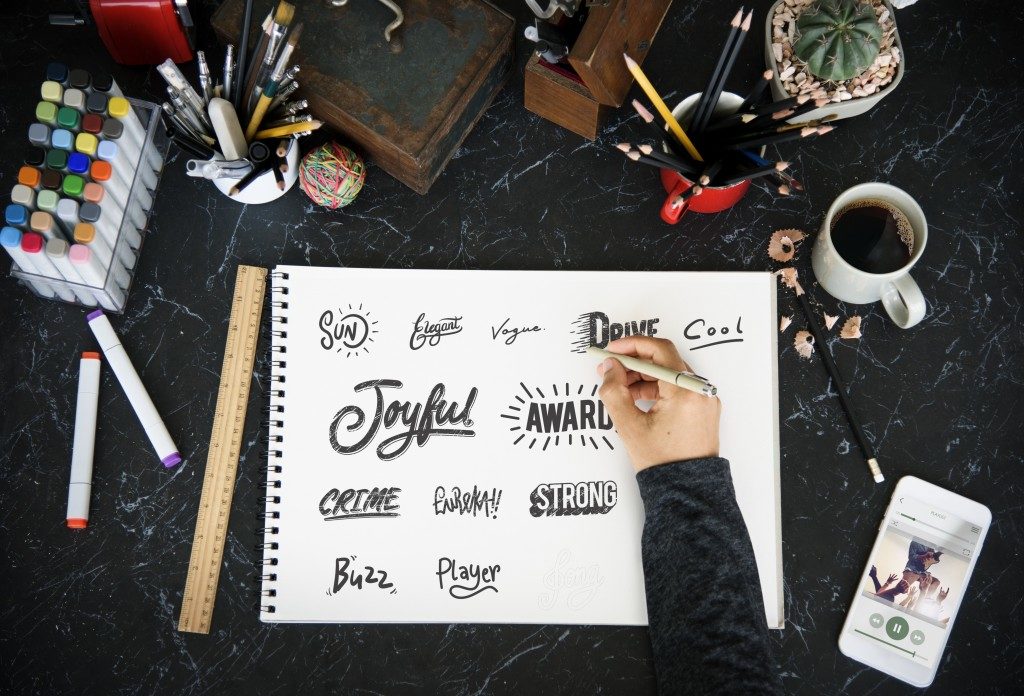Typography, calligraphy, lettering art: You’ve heard of these things for sure. On the internet, motivational quotes are posted mostly in the form of a photo with nothing but a solid-color background and beautifully handwritten words. Those are what you would call the typography, which is the art and craft of arranging text.
Meanwhile, calligraphy, other than being an art of ornate handwriting, is a set of skills and techniques that show integrity, harmony, a bit of ancestry, rhythm, and creative freedom through inscribed words. Calligraphy and hand lettering are commonly confused to be the one and the same. However, hand lettering or simply lettering is the art of illustrating letters. It uses principles and techniques that are different from calligraphy.
When you do lettering, you’d normally start with simple tools, but as you go on, you’d be needing more options and quality writing materials for all types of canvases, such as high-quality chalk markers and other better tools.
So, let’s talk about lettering art and the things you need to know about it.
Basic Types
There may be several styles of lettering, but artists are free to explore and use their own styles and techniques. For a beginner, however, these styles or different “types” can help them have a sense of direction.
Sans-serif or block letters are usually the starting point for beginners. The basic shapes allow starters to focus on the letters’ individual forms and relationships with one another. Writing Sans-serif helps in learning consistency. The “wooden technique” is used to master this style; it is when artists illustrate a letter’s basic shapes separately until they master putting them together evenly. Another block letter type, the Serif letters, follow the same process as Sans-serif’s, but they don’t have the same weight on each stroke.
Cursive or script follows some rules of calligraphy. It’s the style of illustrating the letters in a flowing manner. But unlike calligraphy, which requires the artist to follow a certain stroke depending on the pen, cursive lettering allows artists to follow their heart. They are free to illustrate in any form or stroke, as long as consistency and balance are observed.
When block and script letters are mastered fully, advanced and more complicated techniques can be learned, such as vintage, gothic, graffiti, and other more unique and creative styles.

Life Lessons of Lettering
Aside from boosting one’s creativity and igniting their passion for art, lettering can bring more lessons that anybody will do good to learn. Concentration can be improved with lettering. It gives people a reason to ward off distractions and focus on their art instead. It can even be an activity to de-stress and have time for oneself. In turn, it becomes therapeutic and calming.
Lettering can also enhance general handwriting skills. In the digital age, even students are no longer asked to write as much, so with lettering, they can explore the beauty of handwritten letters, just like the generation before them had.
Lettering artists can also offer their services to people who are planning an event. They can use their art for invitations and message boards, which is a good addition to their portfolios. When they get recognized, plenty of better opportunities can be opened for them.
Engaging in art activities such as lettering is rewarding. The beginning may be difficult and there would be inevitable times of challenges and frustration, but with consistent practice and determination, you’d see yourself improving gradually. You may not notice it immediately, but after a while, you’d be astonished by the dramatic progress you have made.



